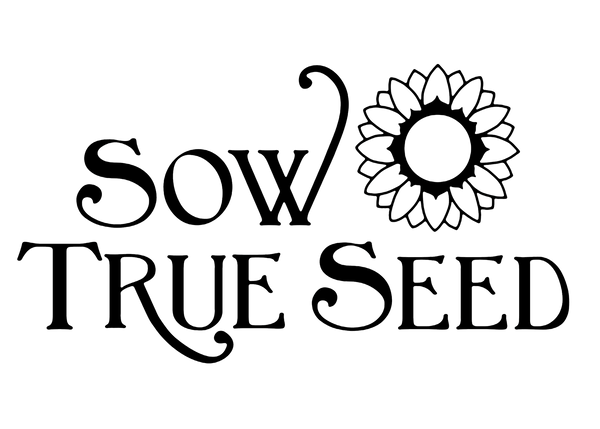Cress Seeds - Watercress
$3.25
Nasturtium officinale
HEIRLOOM. One of the oldest known leaf vegetables consumed by humans, for good reason! A member of the mustard family (and not closely related to Nasturtiums, the edible flower, despite the latin name), these greens are highly rich in vitamins, and used in salads to impart a delicious, peppery mustard-like flavor. Watercress is semi-aquatic and is ideal for hydroponic systems, but you don’t need a fancy set up to grow it at home. It will grow perfectly well in very consistently moist soil in a pot. The key is to keep your watercress’s roots moist at all times, without allowing them to sit in stagnant water. These greens are perennial and cold-hardy and can be harvested year-round once established, though they are best in the cool seasons, as the flavor becomes bitter in hot weather. One important note: Watercress grows in the edges of fresh, running streams in the wild, and if you are lucky enough to have such a spot on your property, you could plant your watercress there - but be careful! Wild-harvested watercress is known to sometimes harbor parasites that are carried by livestock, even after washing. Only clean headwaters with no chance of agricultural runoff should be used for cultivation. We recommend using a growing container and not taking your chances!
Watercress can be direct seeded in early spring. It prefers full sun or part shade and very moist soil. Greens will be ready to harvest in about 45 days. 0.25 gram packet contains a minimum of 500 seeds.
- Planting Information
- Saving Seeds
| Min. Seeds/Packet | Packet Weight | Planting Season | Planting Method |
| 500 | 0.25 g | spring and fall | direct seed |
| Seed Depth | Direct Seed Spacing | Soil Temp. Range | Days to Sprout |
| 1/16" | 1-2", or broadcast | 40-65 ℉ | 7-15 |
| Mature Spacing | Sun Requirement | Frost Tolerance | Days to Harvest |
| 6-8" | full sun-part shade | frost-hardy | 45 |
Watercress (Nasturtium officinale)
Like other plants in the mustard family, watercress requires a cold period followed by warm weather to trigger flowering. Once temperatures heat up in late spring, it will send up flower stalks, which produce blossoms and seed pods very similar to those of radishes or arugula. Harvest the seed pods once they have turned completely brown, and bring them inside to finish drying in an open container or paper bag. Once the seeds are totally dry, you can separate them from the pods with your fingers, or by threshing and winnowing. (Crush the seeds and pods, then pour them from one container into another in front of a box fan set on low, blowing away the chaff. This can be tricky with very tiny seeds like watercress.) Store your seeds in a sealed container in a cool, dark, and dry location.

